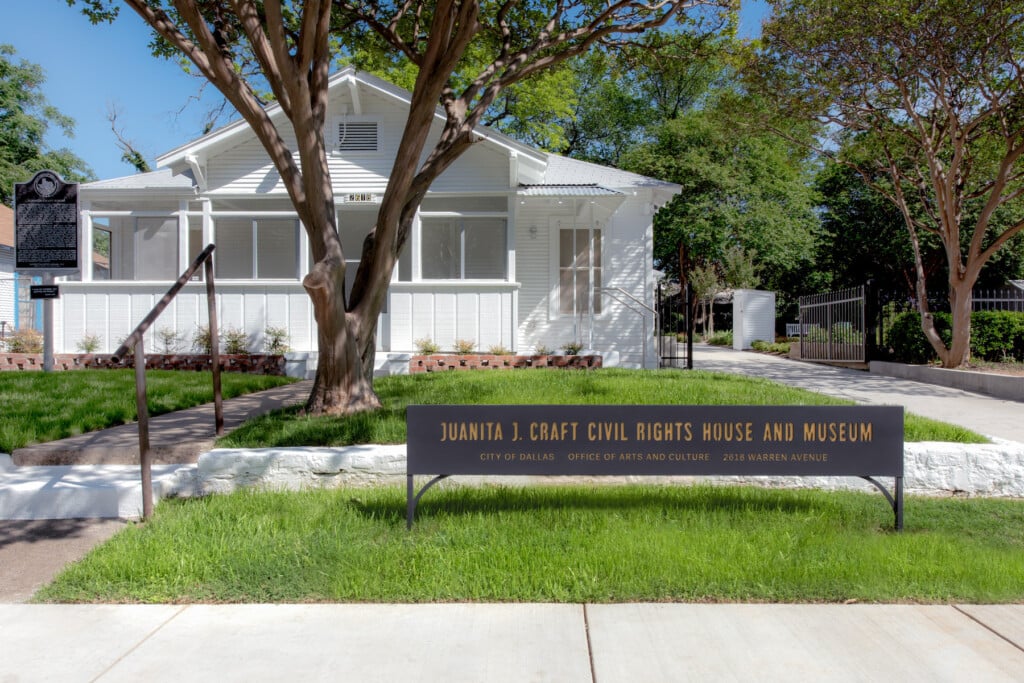Hundreds of people packed into buses at Fair Park on May 20, but Patricia Perez had other plans. They were all heading to Juanita Craft’s house at 2618 Warren Avenue, to celebrate the reopening of a museum that took more than six years of work. Perez, 70, skipped the bus ride. She had her ride share driver drop her off at her aunt’s old house in South Dallas. She then walked the familiar three-block route to the freshly painted white craftsman on Warren, a trot she’d made hundreds of times before.
Perez met the civil rights activist on Saturday, October 2, 1965. Her mother had sent her and her little brother from New York City to live with family in Dallas. When she picked the kids up from Love Field, their aunt said, “I have someone I want you to meet.” An hour and a half later, 12-year-old Perez was knocking on the back door of Craft’s home. The woman who met them was unforgettable.
“Mrs. Craft was a large woman in physical stature,” Perez remembers. “But whenever she opened her mouth, you realized if she had been four feet tall, she would have still been a large human being. And at 12 I knew that.”
The influence Juanita Craft had on Dallas, and across the country, was just as large. “I don’t think the city recognizes her impact and legacy continues today,” says HERitage founder Froswa’ Booker-Drew, who served on the museum steering committee and pushed the State Fair of Texas to donate thousands of dollars to the museum efforts. “The impact that Ms. Craft had is beyond South Dallas. It’s national.”
Over a period of 50 years, the longtime South Dallas resident registered thousands of people to vote, organized citywide cleanup campaigns, and served two terms on the Dallas City Council. She worked to integrate the State Fair, the Dallas Independent School District, and colleges like University of North Texas. As a leader in the National Association for the Advancement of Colored People, she founded more than 180 local NAACP chapters and hosted a long roster of activists, politicians, dignitaries, and celebrities, like Thurgood Marshall, in her humble, 1,300-square-foot home.
“You’d be surprised the kind of people coming in and out of that house, everybody from presidents to senators to ambassadors,” says Peter Johnson, a Civil Rights activist and longtime friend of Craft. “I mean, it is a museum whether you want it to be or not.”
Craft donated her house to the city of Dallas after her death in 1985. It took nearly 40 years for her house to be officially opened as a museum and a monument to the local civil rights movement. Unlike other Dallas museums, the Juanita Craft house doesn’t tower over freeways or take up whole city blocks.
It sits, as it always has, quietly in the middle of the Wheatley Place neighborhood, ready to host anyone from a Supreme Court justice to a teenaged neighbor.
There have been several efforts to turn Juanita Craft’s home into a museum over the years. The house was opened in the 1990s as a historical landmark for people to walk through. Booker-Drew operated the house for the South Dallas Cultural Center at the time. She recalls a few photos on the walls, but it didn’t have many resources and it was often closed.
By the time John Spriggins became the general manager of the South Dallas Cultural Center in 2017, the house had fallen into disrepair. Half the home’s foundation was sitting on the ground, he says. But he wanted to turn it into a museum.
“Who Juanita Craft was—was really important,” he says. “She’s the closest thing to Martin Luther King that we have.”
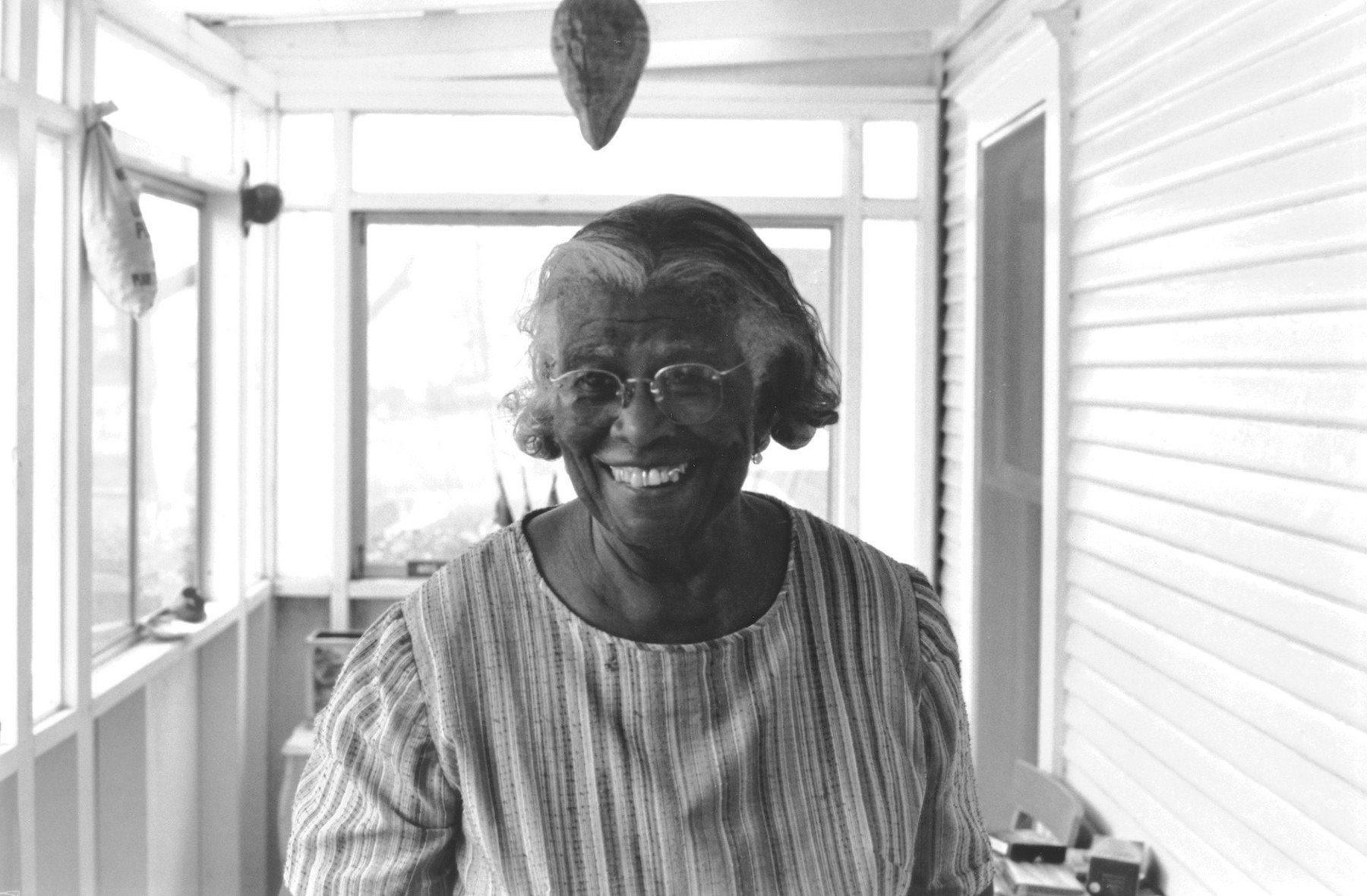
He turned to the Arts & Cultural Advisory Commission and commissioners Jesse Hornbuckle and Cannon Flowers. Spriggins explained his hopes for the place, “and they bought into it.” They formed a steering committee in 2018 and recruited people like Candace Thompson and Booker-Drew, who led the State Fair’s Community Affairs & Strategic Alliances office at the time.
The steering committee held several meetings at the house. Then disaster struck. A pipe in the sprinkler system burst, causing the home to flood. It was a mad dash to gather all the artifacts and items in the house before they were lost.
Luckily, many artifacts had been stored off-site with the Craft Foundation, and Spriggins says they were able to salvage most of the items in the house. They protected her handwritten notes, furniture, membership cards, and knickknacks. They even found previously unknown items in the attic.
The house had a lot of damage. It needed to be taken down to the studs and checked for mold and asbestos. But now they could make the museum exactly how they wanted.
“It’s one of those things where at first when you’re looking at it, you’re like ‘oh, god, this is a major setback,’” says Thompson. But with a bit a perspective, she says, it became an opportunity. “This is almost like this clean slate where we get to say, ‘hey, let’s figure out what is possible here.’”
Over the next couple of years, they worked to raise awareness about Juanita Craft. “We have this jewel in southern Dallas, but a lot of people weren’t aware of it,” Thompson says. The steering committee became the Friends of the Juanita J. Craft Civil Rights House & Museum, a 501c3 nonprofit, with Thompson at its helm.
Perez, who had moved back to Dallas in 2018, heard about the efforts and joined the Friends. “Mrs. Craft had one thing of value in her whole life. And it was that house,” she says. “And she left it to the city of Dallas. And, by God, if they lit a fire under themselves to get it done, I was meant to help stoke and keep the fire.”
While the pandemic delayed their plans, that time was also spent raising money for the renovation project. They received a large contribution from the National Parks Service and another from the State Fair. Booker-Drew, who spearheaded the latter donation, says she wanted to “make sure that the State Fair had contributed money to support the very lady who integrated the Fair.”
In 2020, the Junior League of Dallas named the Craft House as its centennial project. “Bringing her story to light and to spread her story across those who are in Dallas and to visitors in Dallas I think is what we want to do by working with all of our partners,” Junior League then-president Christa Brown-Sanford told D Magazine last year.
They raised $1.4 million for the house rehabilitation and museum construction.
“I don’t think there was anybody here who really understood how valuable voting was like she did.”
Rev. Peter Johnson
The museum is just six rooms that takes about half an hour to walk through during a docent-led tour. Each space focuses on a different aspect and period of Craft’s life. The front living room sets up the racial tension in the early 20th century and Craft’s childhood in Central Texas. A former bedroom tackles her efforts to integrate the State Fair and her time with the NAACP. Another focuses on her litigation and election work. A back room discusses the Craft Kids—the thousands of young people she worked with over the years.
The last room is a library, with books and displays of her various awards and her days on City Council. Outside, the neighboring lot has been turned into a small park, where people can sit and contemplate their visit, Spriggins says.
Booker-Drew says she’s excited to see what the home has become and that so many people “will have access to her house and learn more about this amazing woman who’s in South Dallas.”
Juanita Craft, née Shanks, was born on February 9, 1902, in Round Rock. Her parents were teachers, and her grandparents had been enslaved. When she was 16, her mother died of tuberculosis because the hospitals refused to admit her. She studied millinery at Prairie View State Normal and Industrial College—now Prairie View A&M University—and graduated in 1921.
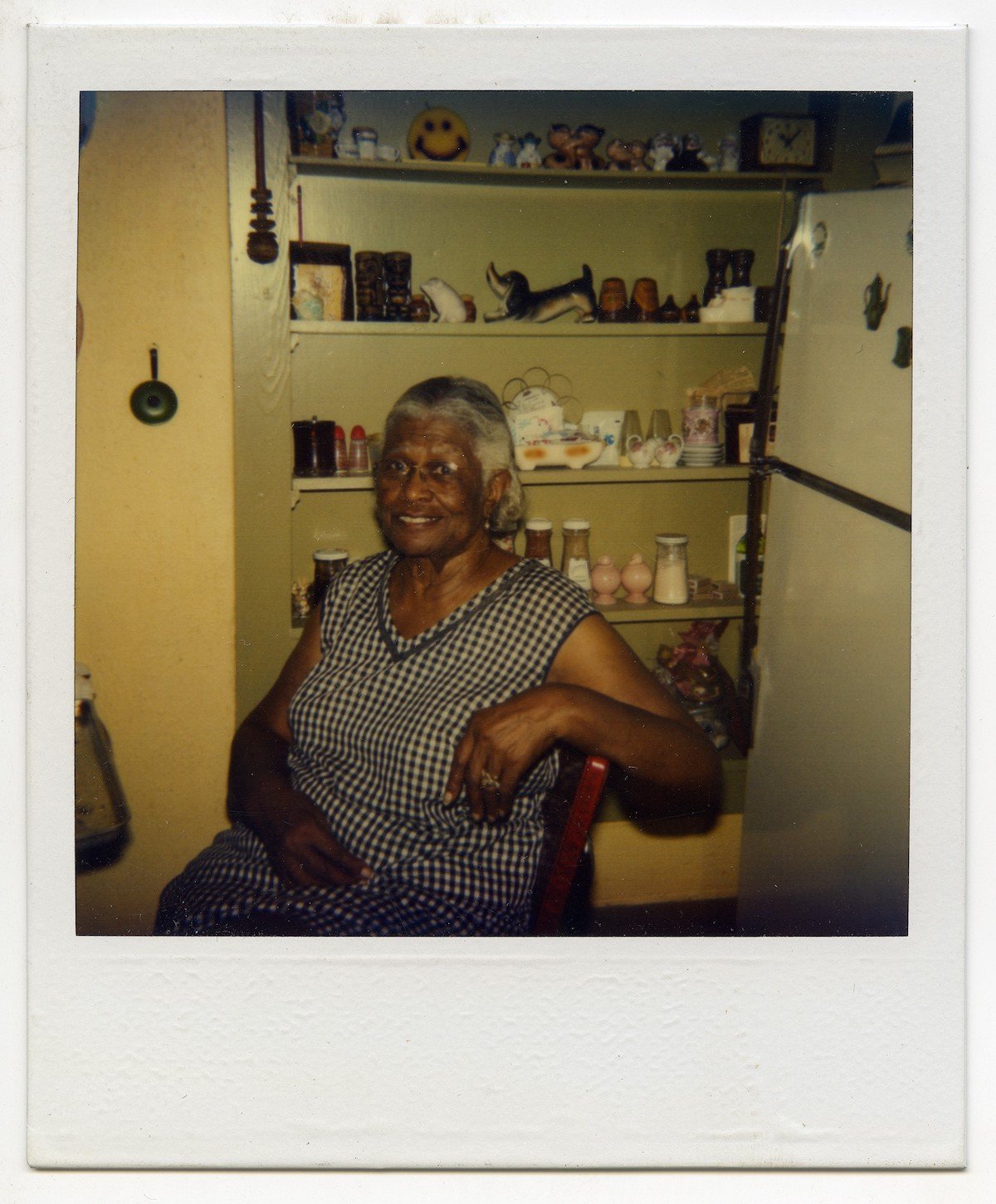
Craft moved to Dallas in 1925 and got a job as a bell maid at the Adolphus Hotel. She joined the NAACP in 1935 and married Johnny Craft in 1937. She rose quickly through the NAACP, becoming a national officer and making friends with other activists, like A. Maceo Smith and Lula B. White. She met future U.S. Supreme Court Justice Thurgood Marshall in the late ‘30s, developing a working relationship and friendship that would last the rest of her life.
Beginning in the 1940s, Craft became a poll tax collector and she’d organize voter registration drives for years. “I don’t think there was anybody here who really understood how valuable voting was like she did,” says Peter Johnson.
After her husband died in 1950, Craft bought and moved into the house on Warren Street. She rented out bedrooms to boarders, grew fruits and vegetables in the backyard, and hosted meetings, barbecues, parties, and visitors there for decades. Marian Anderson, Duke Ellington, and future president Jimmy Carter all came by.
For decades, says Johnson, “if you came to Dallas, and had anything to do with social justice, this was somebody you needed to see, whether you were John Kennedy or Lyndon Johnson.”
Craft had a way of making people feel comfortable in her home, he says, no matter the color of your skin.
In 1955, Craft began organizing protests and pickets of the nearby State Fair. At the time, Black people were only allowed to visit the fair on one day, “Negro Achievement Day.” It took 12 years after she began her protests for the fair to fully integrate in 1967. “She was steadfast in her work, and in her willingness to put her own life on the line,” Spriggins says. Now, the State Fair puts on the Juanita Craft Humanitarian Awards, to honor those who perform similar civil rights and social justice work, says Booker-Drew.
Despite her work with the Fair and around voting, Johnson says her greatest impact was with the children she worked with. Over her long career, Craft helped establish 182 NAACP youth chapters. Johnson, himself, met her in the ‘60s at a national convention when he was the president of his youth chapter at Southern University.
“Her work with NAACP youth chapters is legendary,” says Johnson, who is now in his late 70s. If you go around the South and find people my age and older, who grew up around the Civil Rights Movement, and just mention a lady named Juanita Craft, you’re going to find the love and respect that people had for her.”
The children she worked with were known as the Craft Kids. Patricia Perez was one of them. On that day in October 1965, when she first met Craft, Perez joined the South Dallas NAACP Youth Chapter. “She just emanated a powerful aura,” Perez remembers.
The South Dallas youth chapter met weekly at Craft’s house. If the weather was nice, the kids would sit outside. If not, they piled into the back house, using her big, long deep freezer as a bench. The kids gave reports on their local efforts and sold things like candies, Christmas seals, and memberships.
Craft would teach them how to organize around causes. She pushed for them to stay in school and go to college. She held parties at her house for the local kids and taught them about gardening. Every summer, she loaded a bus full of children and took them to the National NAACP convention. On the way there and back, they’d sight-see. During the 1966 convention trip to Los Angeles, the group stopped at the Grand Canyon, Perez says. On the way back from Boston in 1967, they went to Washington, D.C.
She founded a cleanup group, jokingly called the Kids Kan Kampaign, or KKK, to get the locals out and cleaning up their neighborhoods on Saturday mornings. Afterwards, Craft would show the kids the before-and-after pictures of their efforts and told them to be proud.
“She made us feel powerful during an era in this country where people conspired to make us feel powerless,” Perez says.
Johnson says he saw Craft, who had no biological kids of her own, as “as a gentle, sweet grandmother loving children.” Her love and passion for the kids earned her a deep respect throughout Dallas and the country.
And the lessons she taught those kids are her lasting legacy, says Thompson. “Whoever you are, wherever you are, you can make a difference.”
Now that the museum is officially open, Spriggins says they’ve been developing a TEKS-aligned curriculum on Craft’s legacy. Designed for third, fourth, and fifth grades, the curriculum can be used in conjunction with a field trip to the museum, or in lieu of. It will teach kids about important historical people and places and times; legislation; institutions like the NAACP; and the Ku Klux Klan. “We’re interested in teaching history, Texas history, in particular,” he says.
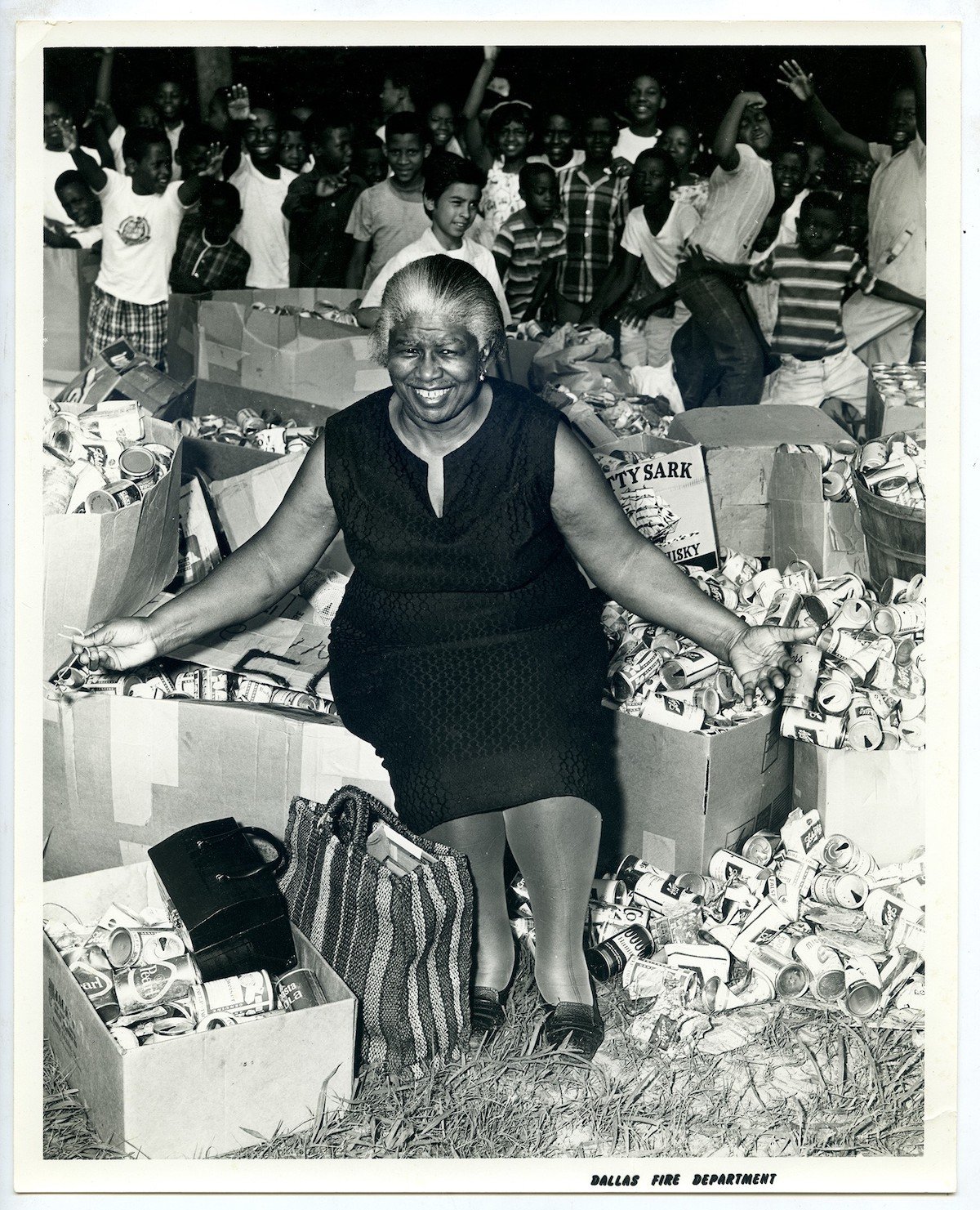
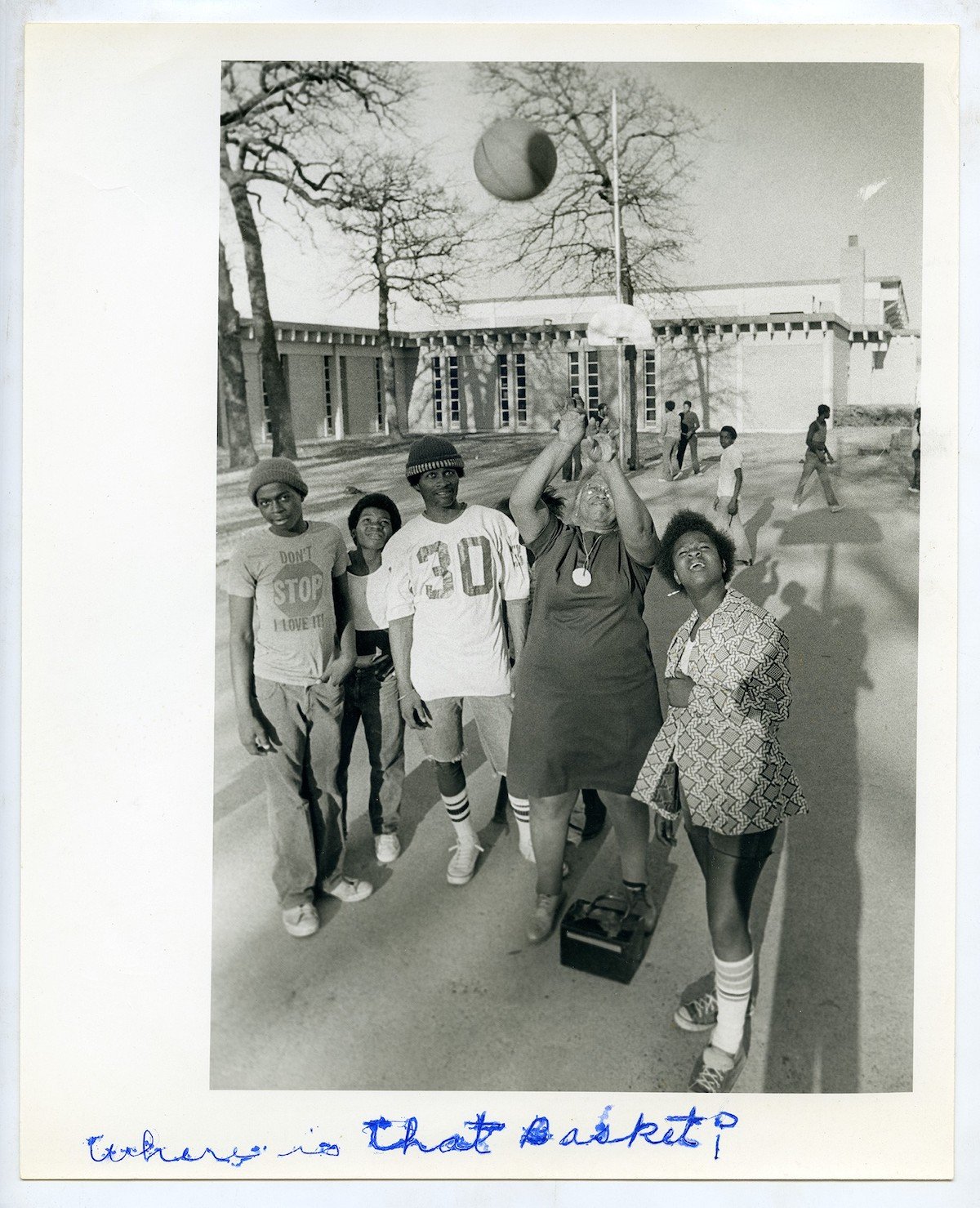
Additionally, they’re working closely with the Friends nonprofit to get the museum four different national recognitions. American Association of Museums must first award it accreditation. They must be open for about a year before than can get accredited, Spriggins says, and submit data about their collection and how many people have visited.
The museum also wants to be on the National Registry of Historic Places, National Trust for Historic Preservation, and National Civil Rights Trail “so the house can be receiving national significance that it deserves,” Thompson says.
Getting those recognitions is complicated, and requires fees, applications, and a ton of research in archives across the country, she says. The Trail is especially important to them. The National Civil Rights Trail is a series of landmarks, houses, churches, and other buildings important to the Civil Rights Movement. The trail spans 15 states, but Texas doesn’t have a single location. They want the Juanita Craft House to be the first.
But as much as they want to be on the trail, Thompson says they want the house to become a destination in Dallas. “So when people come through the city, they know this is a place that you need to stop, listen, and learn.”
For Perez, who volunteers as a docent at the museum three days a week, she wants the house to return to its glory days, with a steady flow of people coming in and out and a partnership with DISD.
“I would like to see the house become to the community was what it was like when she was there,” she says, “a meeting place.”
A place where change can happen.
Get the D Brief Newsletter
Author


